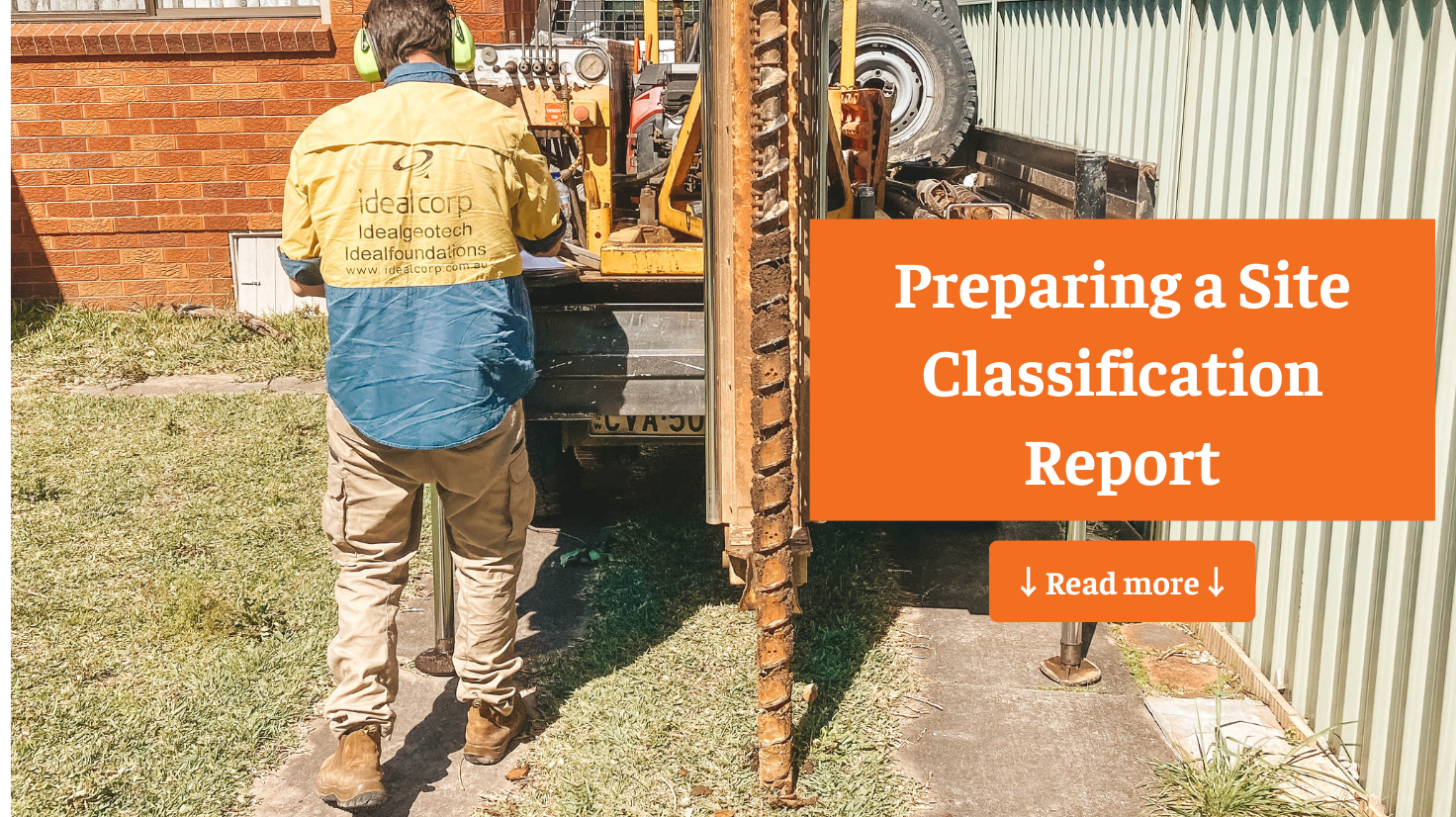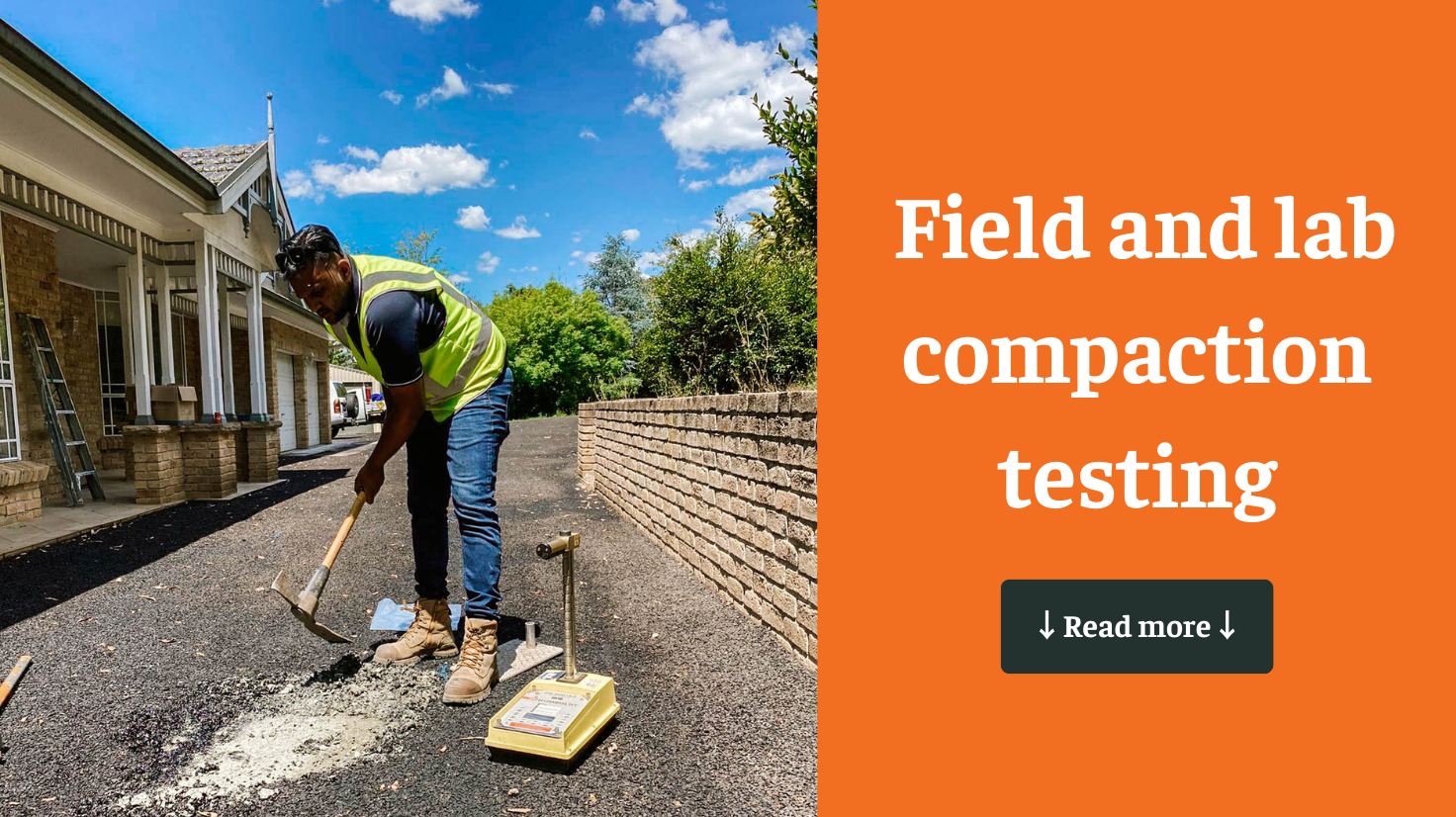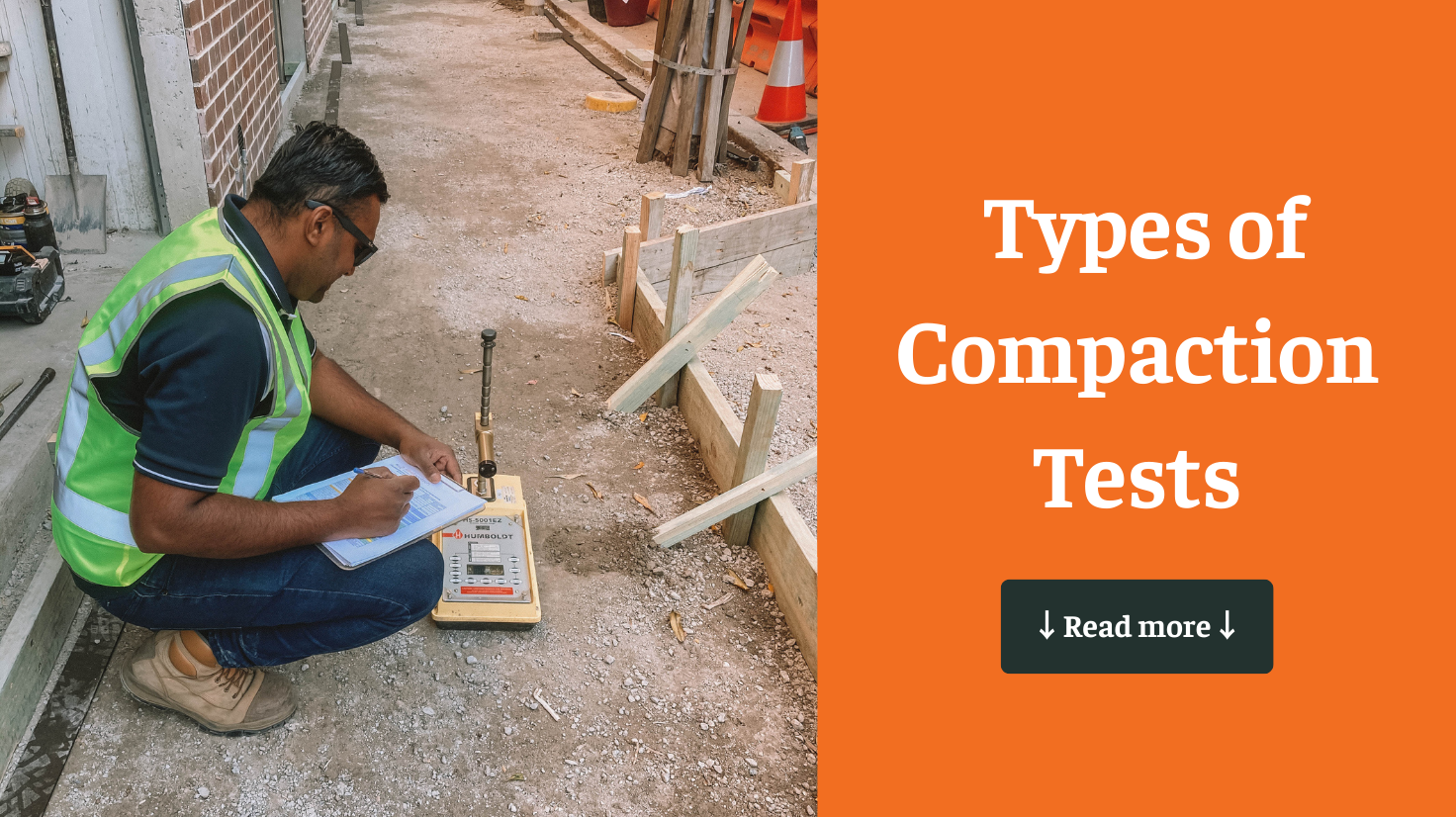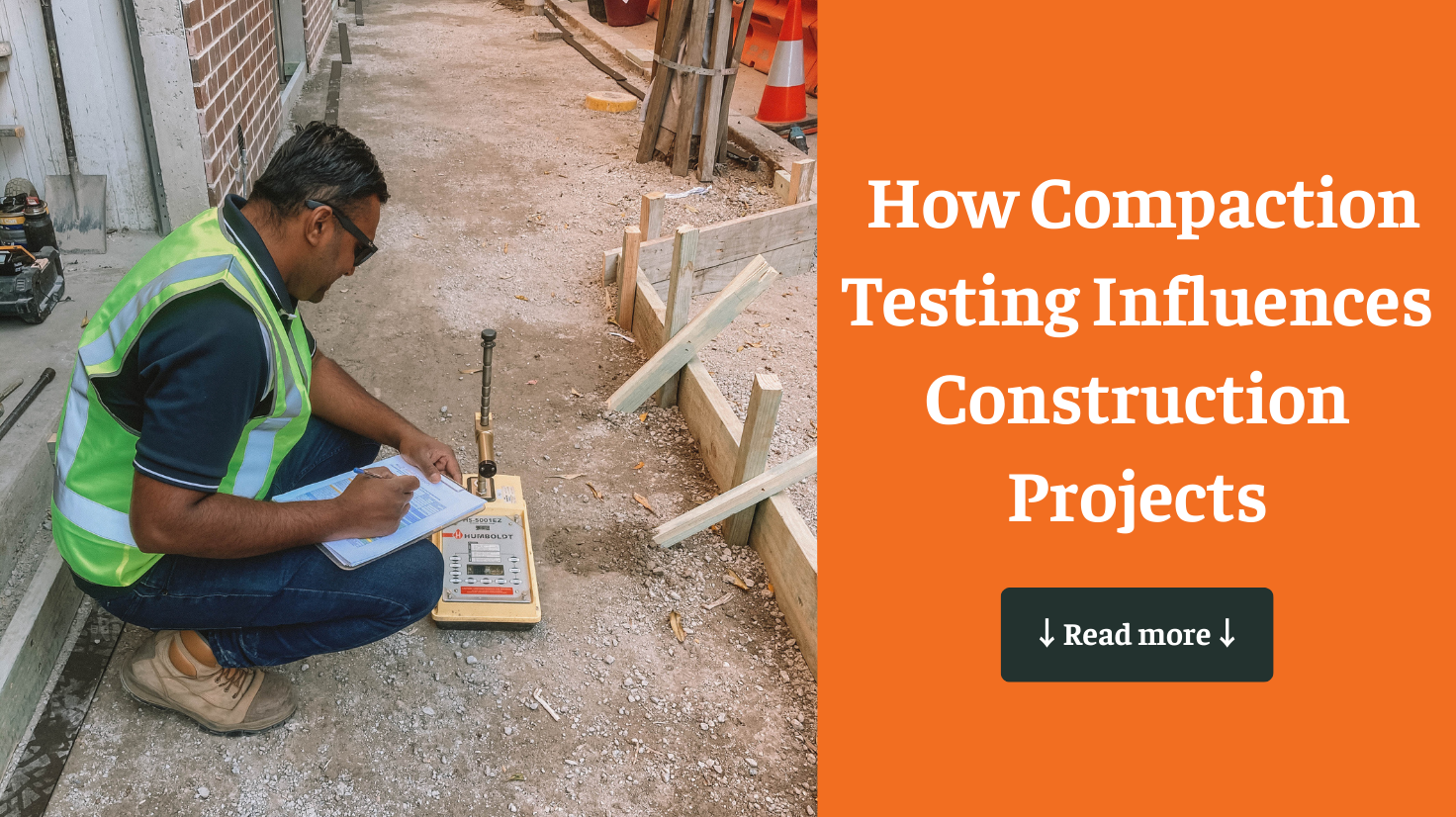A site or lot classification report is an indispensable document in the construction industry, offering critical insights into the soil conditions and ground stability of a building site. This report is vital for architects, engineers, and builders, enabling them to design safe and stable foundations. In Australia, such reports adhere to specific standards, such as AS2870, ensuring consistency, reliability, and safety across the construction process.
1. Steps to Prepare a Site Classification Report
1.1. Initial Site Assessment
The process of site classification begins with an initial site assessment. This involves a thorough visual inspection to identify any apparent features or potential issues that might affect the ground conditions, such as existing vegetation, surface water, or visible signs of instability. This step is crucial as it helps outline the areas requiring more detailed investigation.
1.2. Soil Testing
Soil testing is a critical component of the classification process. This involves the collection of soil samples from various depths and locations across the site. The samples are then analyzed in a laboratory to determine key soil properties, including:
- Soil Type: Understanding the type of soil (e.g., clay, sand, silt) is essential, as different soils behave differently under stress.
- Bearing Capacity: This measures the soil’s ability to support the weight of structures without undergoing shear failure.
- Moisture Reactivity: Soil moisture content and its reactivity (expansion or contraction) when wet or dry can significantly impact stability.
These tests provide a detailed understanding of the soil’s properties, which are essential for the next steps.
1.3. Site/Lot Investigation
Following soil testing, a detailed site investigation is conducted to gather comprehensive data about the site’s physical characteristics. This includes:
- Topography: The slope, elevation, and terrain features of the site are documented to assess how they might influence stability.
- Drainage Conditions: Understanding natural and artificial drainage patterns is crucial to prevent water accumulation, which can destabilize the soil.
- Presence of Trees or Structures: Existing vegetation and structures can affect soil moisture and stability. The roots of large trees, for example, can significantly alter soil conditions.
This step ensures that all factors contributing to ground stability are carefully evaluated.
1.4. Data Analysis and Classification
Once the necessary data has been collected from soil tests and site investigations, the information is analyzed to classify the site according to the Australian Standard AS2870. Sites are categorized based on their soil reactivity and potential for ground movement:
- Class A: Stable, with little to no ground movement.
- Class S: Slightly reactive soil.
- Class M: Moderately reactive soil.
- Class H1 and H2: Highly reactive soil, with Class H2 being more severe.
- Class E: Extremely reactive soil with a high potential for ground movement.
This classification informs the design of foundations and other critical structural elements.
1.5. Report Preparation
After determining the site classification, the findings are compiled into a comprehensive report. This document includes:
- Executive Summary: A concise overview of the findings.
- Site Analysis: Detailed information on the site’s physical and environmental conditions.
- Inspection of Site: Documentation of visual observations and initial assessments.
- Field Log: A record of data collected during the investigation.
- Location Sketch: A map or diagram showing the site’s layout.
- Comments & Recommendations: Professional advice on how to proceed with construction, considering the site’s classification.
The report is typically formatted as a PDF for easy sharing with stakeholders, ensuring that all relevant parties have access to the necessary information.
2. Common Formats of Site Classification Reports (PDF)
Most site classification reports are formatted as PDFs, making them accessible and easy to share. They typically include:
- Executive Summary: A high-level overview of the report.
- Site Analysis: In-depth details on soil conditions, topography, and more.
- Inspection of Site: Findings from the visual inspection and site investigation.
- Field Log: Data collected during fieldwork.
- Location Sketch: Diagrams showing site layout and key features.
- Comments & Recommendations: Expert guidance on the implications of the classification.
See our sample lot classification report
3. Ideal Geotech: Your Trusted Partner for Site Classification Reports
Ideal Geotech specialises in providing comprehensive lot classification reports within 5-7 days in metro areas. Our experienced team and extensive fleet of geotechnical rigs cover NSW and Southeast Queensland, making us a trusted partner for both major home builders and individual homeowners.
For more information or to request a site/lot classification report, visit our website or contact our team today. Ensure your construction project is built on solid ground with a thorough geotechnical report from Ideal Geotech.






